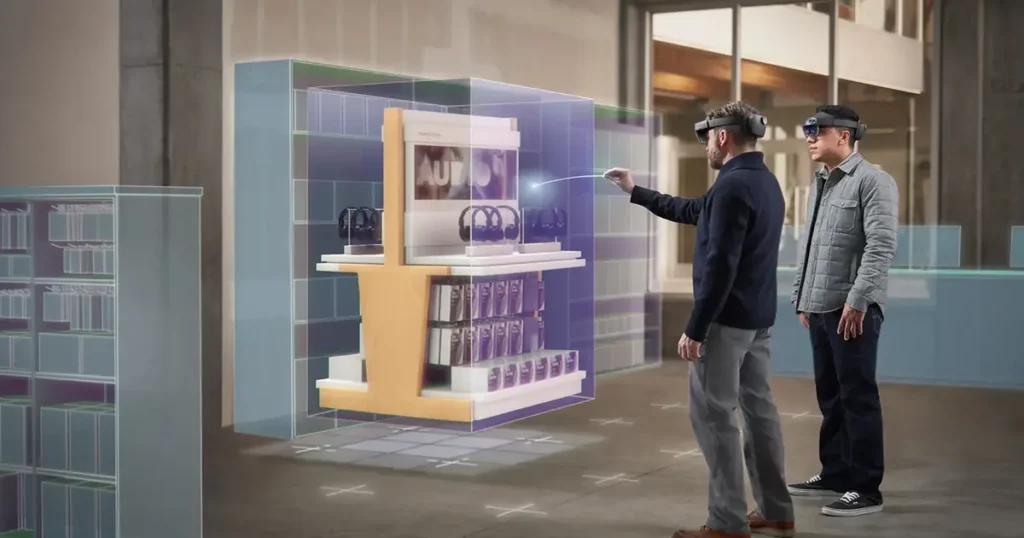On Thursday, Microsoft decided to discontinue the “mixed reality” feature for Windows. This move means that certain hardware devices and software will no longer be able to utilize augmented and virtual reality technologies.
What is Mixed Reality?
Microsoft uses the term “mixed reality” to describe software that smoothly and easily combines both augmented and virtual reality.
Here’s a breakdown of what happened
What was terminated: Microsoft ended the “mixed reality” feature for Windows.
When it happened: This decision was made on Thursday.
Background: This feature was introduced in a Windows 10 update back in 2017. It included the mixed reality portal app, which allowed users to access augmented and virtual reality technology on their personal computers through compatible VR headsets.
Augmented Reality (AR): Overlays text, sounds, graphics, and video onto real-world images visible to users in their immediate surroundings.
Virtual Reality (VR): Immerses users in a synthetic environment by creating computer-generated experiences.
Official statement from Microsoft: “Windows mixed reality is deprecated and will be removed in a future release of Windows.”
Previous developments: Last year, Business Insider reported that Microsoft abandoned plans for HoloLens 3, suggesting a potential end to the current iteration of the augmented reality headset line.
Additionally, it’s worth noting that Microsoft Teams, a collaboration platform, is no longer offered for free. For more details on this change, you can read the article Microsoft Teams is No longer Free.
In summary, Microsoft decided to discontinue this feature, affecting certain hardware and software capabilities. This move comes after the introduction of the feature in 2017 and the reported abandonment of plans for HoloLens 3 last year, hinting at a potential shift in the company’s augmented reality strategy.



